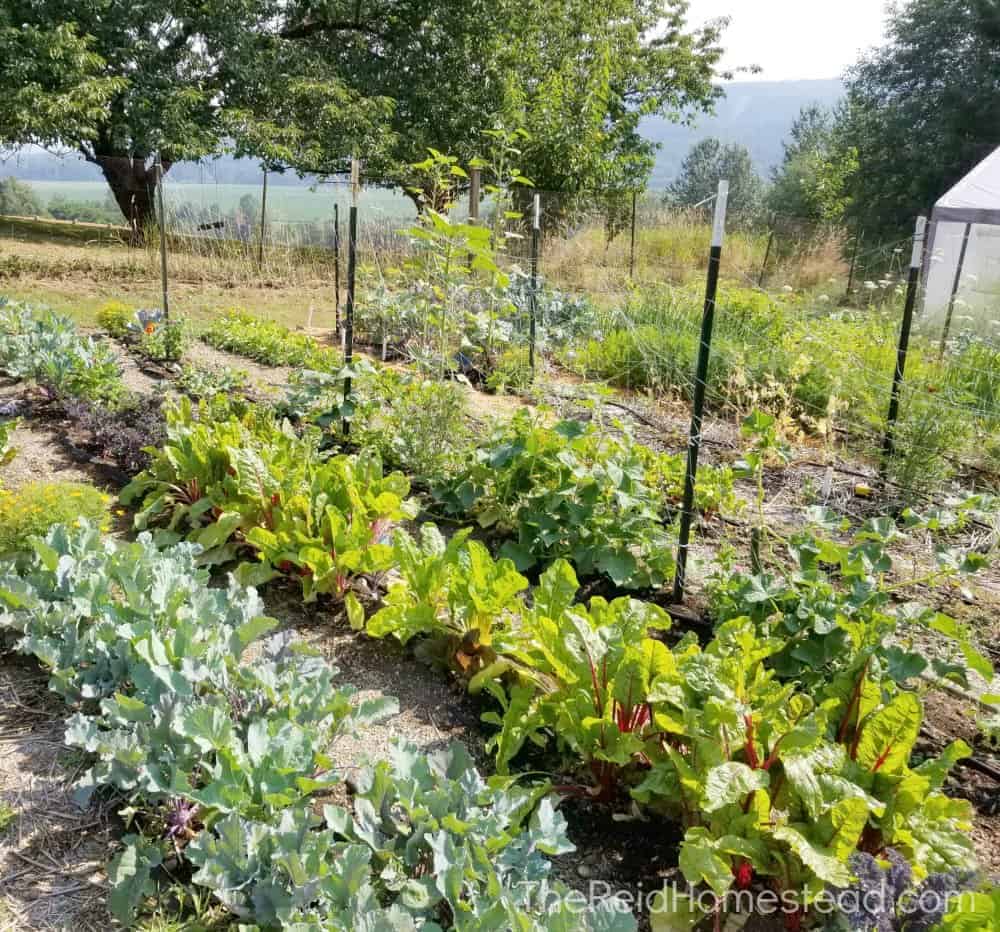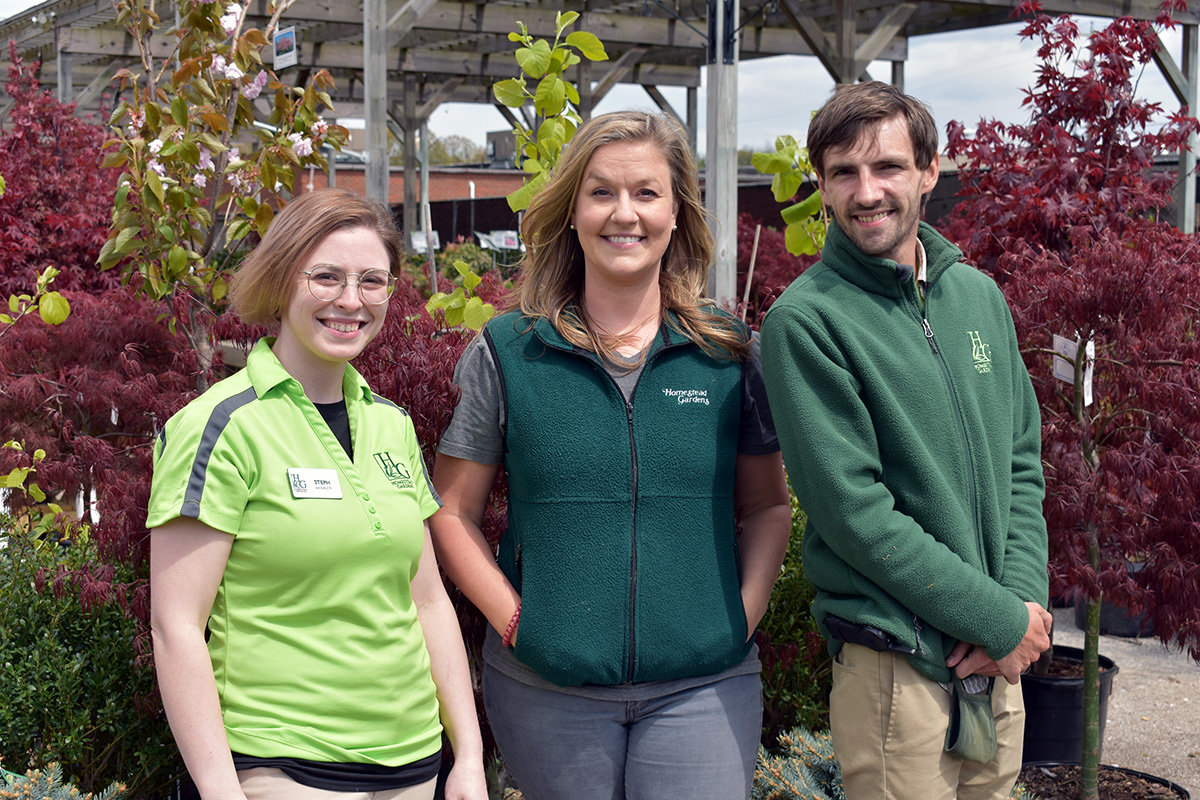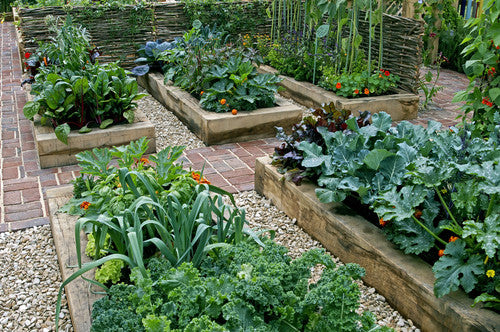Eco-Friendly Methods in Homestead Gardening
Eco-Friendly Methods in Homestead Gardening
Blog Article
Discover the Keys to Creating a Productive and beautiful Gardening Area
Developing a efficient and beautiful horticulture space is not merely a matter of planting veggies and flowers; it requires a tactical approach that incorporates numerous essential aspects. From picking the right location based on sunlight and dirt kind to thoughtfully designing your layout and selecting appropriate plants, each choice plays an essential function in the success of your yard.
Selecting the Right Area
Choosing the ideal location for your garden is essential to its success and overall aesthetic charm. The initial step in this procedure involves analyzing sunshine direct exposure, as many plants require at the very least 6 hours of straight sunshine daily (Homestead Gardening). A south-facing yard generally obtains the most light, while shaded locations can impede development and blooming
Furthermore, consider dirt top quality and water drainage. Well-draining soil is vital to prevent water logged roots, which can bring about plant illness. Carrying out a soil test can give useful information pertaining to pH degrees and vitamins and mineral content, allowing you to amend the dirt accordingly.
Moreover, distance to water resources is one more aspect to consider - Homestead Gardening. Having very easy access to a hose or watering system can streamline the watering process and urge consistent plant treatment. Wind protection is additionally crucial; positioning your garden near frameworks, such as fencings or wall surfaces, can protect it from extreme winds that may harm fragile plants
Lastly, think about access for upkeep and harvesting. A well-placed yard enables convenient access, ensuring that you can conveniently often tend to your plants without creating unnecessary anxiety or disruption. Thoughtful area option lays the structure for a thriving yard.
Picking Plants Wisely
When choosing plants for your yard, it's vital to consider elements such as climate, dirt problems, and individual preferences to guarantee a efficient and unified room. A thorough understanding of your local environment will certainly assist you in choosing plants that flourish in your particular environment. Picking drought-resistant ranges is useful in arid areas, while moisture-loving types may be extra proper for areas with high rains.
Dirt conditions are just as important; carrying out a soil examination can reveal pH degrees and nutrition material, allowing you to pick plants that will prosper. Indigenous plants are frequently an excellent selection, as they are normally well-adapted to local dirt types and require less maintenance.
Reflect on your individual preferences-- choosing plants that reverberate with your visual preferences will enhance your pleasure and dedication to keeping your yard. By thoroughly examining these aspects, you can develop a varied and flourishing plant choice that raises your horticulture experience.
Creating Your Garden Design
With a thoughtfully selected plant option in hand, the following step is to produce a garden design that makes the most of both appeal and functionality. Begin by examining the offered space, taking into consideration elements such as sunlight, color, and wind patterns. A well-planned format ought to incorporate numerous areas, including locations for planting, paths, and perhaps seating.
Start with bigger plants or centerpieces, such as trees or high perennials, put tactically to create aesthetic passion. Layer smaller sized plants in front to boost deepness and appearance. Think about the growth practices of your chosen plants; taller varieties ought to be placed at the back or center of beds, while shorter ones can line the sides.
Including paths not only helps with gain access to for upkeep but likewise welcomes exploration. Usage products that match the yard's general visual, whether gravel, rock, or timber chips.
Additionally, consider seasonal changes and just how your format will look throughout the year. Incorporating evergreens along with seasonal flowers can make certain year-round elegance. Ultimately, a well-designed yard layout harmonizes the natural appeal of plants with practical factors to check here consider, resulting in a room that is both welcoming and efficient.
Enhancing Dirt Health

To boost dirt wellness, start by carrying out a dirt test to analyze pH degrees, nutrient material, and dirt texture. This will certainly educate your modifications. Incorporate raw material such as garden compost, well-rotted manure, or fallen leave mold to improve dirt structure, water retention, and microbial task. In addition, exercising crop turning can stop nutrition exhaustion and lower parasite and disease stress.
Mulching is another effective method; it not only preserves wetness but likewise reduces weeds and gradually improves the dirt as it breaks down. Staying clear of excessive tillage is vital, as it can interfere with soil framework and damage valuable organisms. Instead, adopt no-till or minimal husbandry practices to maintain soil honesty.

Keeping Your Garden Successfully
A properly more information maintained garden is a source of pride and performance, needing consistent interest to guarantee that plants prosper and the landscape stays inviting. Reliable garden maintenance involves several essential techniques that improve the health and wellness of your plants and the overall aesthetic of your space.
Normal watering is important; nevertheless, it is essential to customize your watering timetable based on the particular demands of your plants and regional climate conditions. Mulching can aid maintain moisture, suppress weeds, and control soil temperature level. In addition, timely weeding stops competition for sources and nutrients, making sure that your plants grow.
Trimming is another vital job. It motivates healthy and balanced development, eliminates dead or unhealthy branches, and forms plants to keep an enticing structure. Furthermore, monitoring for pests and illness is essential; early detection and treatment can save your plants from substantial damage.
Fertilizing must be implemented thoughtfully, using natural choices whenever feasible to advertise long-lasting soil wellness. Lastly, seasonal tasks such as planting, splitting perennials, and planning for winter will guarantee your yard remains vibrant year-round. By complying with these methods vigilantly, you can grow a yard that is both lovely and efficient.
Verdict
Picking an appropriate area with appropriate sunshine, selecting ideal plants, making a visually pleasing layout, improving dirt health, and making certain routine upkeep are crucial elements. By integrating these practices, one can grow a flourishing yard that not just improves the landscape yet likewise advertises environmental balance and sustainability.
From selecting the right place based on sunshine and dirt kind to attentively making your format and choosing appropriate plants, each choice plays an essential function in the success of your yard. Well-draining dirt is crucial to avoid waterlogged origins, which can lead to plant conditions.When choosing plants for your garden, it's vital to think about aspects such as environment, soil conditions, and individual choices to ensure a unified and effective room. Inevitably, a properly designed garden format integrates the natural appeal visit this site of plants with sensible factors to consider, resulting in a space that is both inviting and effective.

Report this page